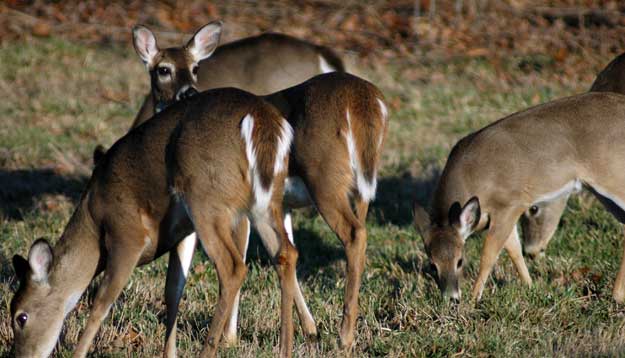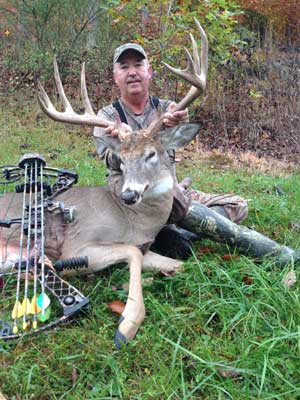Benny Collins | Mossy Oak ProStaff

Wildlife management programs are long term undertakings. We've been increasing food and habitat for our wildlife and doing what we can to improve our property each year for more than 20 years. Our guiding light for improving our lands for wildlife has been being a part of the Mossy Oak GameKeepers Club.
Each magazine that we receive from being a member of GameKeepers has tons of information on how to better manage your hunting lands for wildlife, and I keep every issue. Each time I get a new GameKeepers Magazine, I use a sticky tab to stick on the beginning of each article and write what the article is about on that tab. This way, when we have time and money available, I can go back to my GameKeepers magazines and see what new type of program we can implement to increase the wildlife on our property. I've found that everything I need to know about improving the farms we hunt for wildlife is in an issue of the magazine. If you're not a member of GameKeepers and are passionate about land and wildlife management, I strongly recommend that you join.
 I’d be remiss if I didn’t explain why Kentucky and Tennessee are becoming trophy buck states. To let the bucks you have on your land grow into those older-age classes, you have to limit the number of bucks that hunters can take each year. For instance, in Kentucky, we only can take one buck per season, but different counties have various bag limits on the number of does that a hunter can harvest each season. The county where I live allows a hunter to take one buck and four does. Other counties in the three states I hunt have an unlimited number of does each hunter can take.
I’d be remiss if I didn’t explain why Kentucky and Tennessee are becoming trophy buck states. To let the bucks you have on your land grow into those older-age classes, you have to limit the number of bucks that hunters can take each year. For instance, in Kentucky, we only can take one buck per season, but different counties have various bag limits on the number of does that a hunter can harvest each season. The county where I live allows a hunter to take one buck and four does. Other counties in the three states I hunt have an unlimited number of does each hunter can take.
We manage our buck to doe ratio with youth hunts. We have a rule on all five of our farms in all three states. Each person who hunts the property has to take a youngster and let him or her harvest the does. This process solves two problems. We've learned youngsters have a hard time sitting still and being quiet long enough to take a mature buck. However, when you're doe hunting, every doe that walks up within gun range provides a target for a young person. They can be very successful at harvesting a doe. Generally youngsters are eager to go back and take another doe or two.
We doe hunt with children out of a covered ground blind, so they don’t get cold or wet. Usually, a doe will walk out on a green field shortly. If the youngsters don’t take all the does we need taken off the property, we’ll have a long bow season in all three states. We usually use the bow season to finish out the limit of does we need to take. Virginia and Tennessee have either-sex seasons too. So, if we don’t complete our limit of does with the youth and during bow season, we don’t hesitate to take a doe during those either-sex seasons to finish off our limit of does.
By keeping the does in check, by limiting the number of bucks a hunter can take and by implementing GameKeepers wildlife practices, we can take older-age-class bucks every year on all five properties.






























